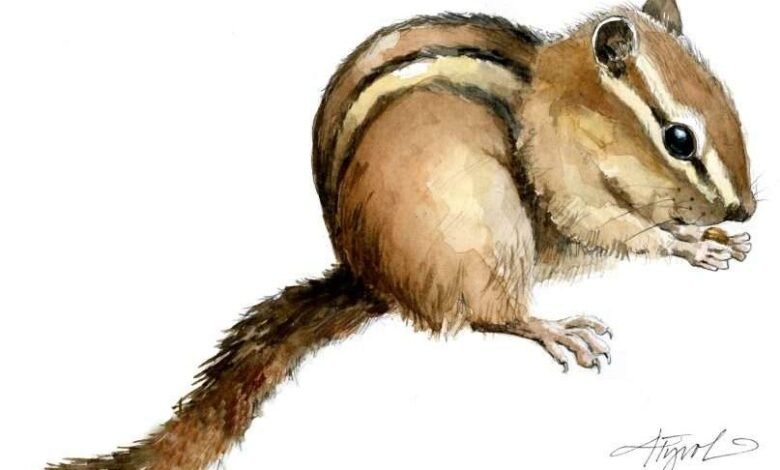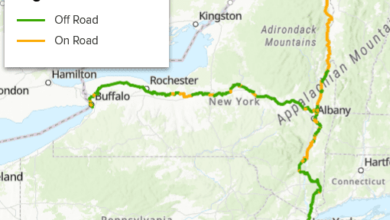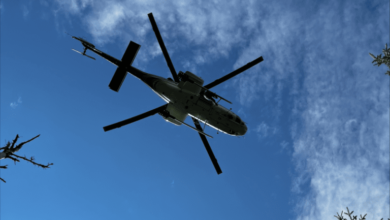In the Footsteps of a Chipmunk


 As autumn nears, I find myself returning to botanist Robin Wall Kimmerer’s line in Gathering Moss: A Natural and Cultural History of Mosses where she describes ecological succession as “a tale of the interwoven fates of mosses, fungi, and the footfall of chipmunks.”
As autumn nears, I find myself returning to botanist Robin Wall Kimmerer’s line in Gathering Moss: A Natural and Cultural History of Mosses where she describes ecological succession as “a tale of the interwoven fates of mosses, fungi, and the footfall of chipmunks.”
The phrase evokes the quiet, entangled choreography of life in transition. Since first reading it, I’ve become more attuned to the subtleties of that unfolding. It has sharpened my awareness of the mosses thickening under reddening maples and giant goldenrod, and it has tuned my ears to chipmunks – not only their footfalls, but the ways that they and other small mammals shape the landscape through their daily activities.
Kimmerer has observed that even the seemingly incidental movements of these animals – darting, halting, and brushing against the forest floor – can carry and scatter moss fragments across the understory. With each pass, chipmunks create micro-opportunities for new growth, leaving behind trails of possibility as they go.
During autumn, chipmunks’ movements take on a heightened, almost frenetic urgency as they gather and store food for winter. Amid the foraging rush, a keen observer may notice individual animals as unusually conspicuous and unmistakably curious. Around the woods of my Catskills home, one particularly expressive chipmunk began to feel familiar. I came to call her H.
H’s main burrow entrance sits just beyond my glass door at the base of a few concrete steps flanked by drooping mugwort. To the north stands a multicolored wall of rose of Sharon and to the east and west, there are twin burning bushes. I developed a habit of watching her and noting the spatial pattern her presence creates in this corner of the yard.
Around the entrance, the moss grows especially lush despite being blanketed in a drift of crimson burning bush leaves. Her regular comings and goings trace a faint ribbon through the understory, and the moss seems to hold its ground there. What’s more, it has begun to creep across the rounded stepping stones and onto the stairs leading to the house – places where, in previous years, moss never spread.
Other chipmunks have passed through, but none used that path, and none were bold enough to venture up the stairs. H, however, did so regularly. Has the moss followed in her wake? Caught on her fur and been carried along the way? Has her behavior directly encouraged its spread?
Animals – much like humans – display personality traits that can affect their habitats. Ecologist Alessio Mortelliti leads a research group at University of Maine dedicated to studying how the personalities of small mammals influence ecological processes, including seed dispersal and, as a result, plant community dynamics such as the composition and distribution of species.
Mortelliti’s research demonstrates that individual animals contribute differently to these processes, depending on traits such as boldness, anxiety, and sociability. These behavioral tendencies (or personality) influence how animals handle seeds, which in turn affects plant recruitment and forest regeneration.
Mortelliti focuses primarily on deer mice and voles, although the underlying principle applies to many small mammals, including chipmunks. The removal or loss of certain “keystone individuals,” whose behavior disproportionately affects ecological outcomes, could have cascading effects on entire ecosystems.
Mortelliti’s research also suggests that human-driven changes to land use – such as silvicultural practices or forest management – may alter the distribution of personality types within wildlife populations. These changes can favor bolder, more exploratory individuals in newly disturbed habitats, while reducing the prevalence of shyer, more cautious types that depend on stable, undisturbed conditions.
Such shifts could, in turn, influence the overall ecological functions these populations perform. This emerging body of research signals a growing recognition that individual animals are not simply interchangeable units of a species. It also indicates that the individuality of wild animals matters ecologically.
As leaves begin to fall and seeds scatter, I find myself thinking about how animals like H remind us to reconsider what we think we know. Mortelliti’s research shows that individual animals are agents of change, shaping the world with their own tendencies and choices.
Chipmunks like H are threads in the ecological tapestry playing out around us – animated lives that shape the texture of a place in an enduring way.
Anissa Bejaoui holds an M.S. in wildlife management and is currently completing a M.S. in anthrozoology. She lives in New York’s Shawangunk Ridge. Illustration by Adelaide Murphy Tyrol. The Outside Story is assigned and edited by Northern Woodlands magazine and sponsored by the Wellborn Ecology Fund of New Hampshire Charitable Foundation: nhcf.org.
Source link




